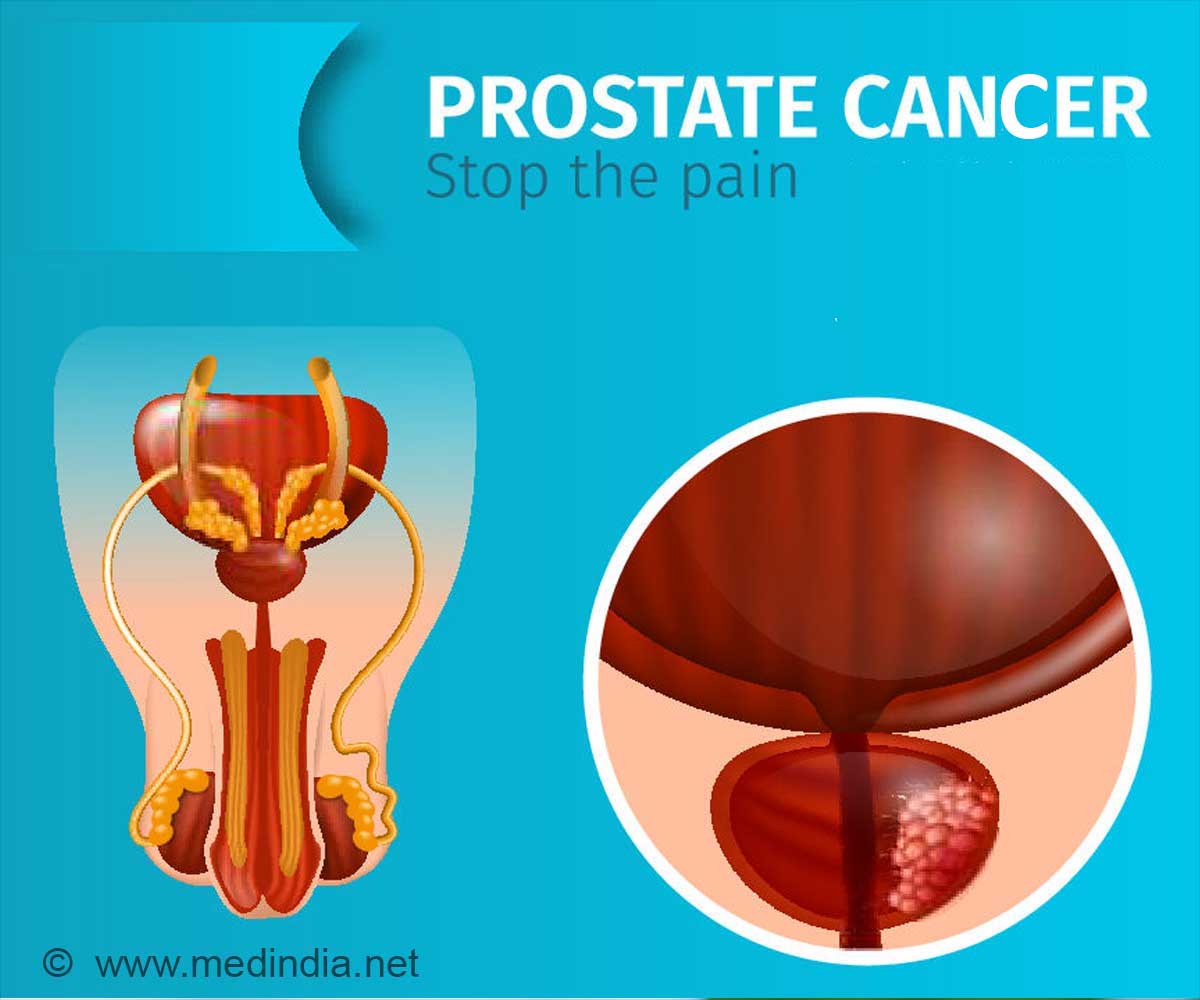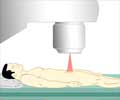
The main treatments for prostate cancer - surgery, brachytherapy (seed implants) and external beam radiation therapy - are all very effective at curing prostate cancer. Unfortunately, each treatment places patients at risk for ED. According to the National Cancer Institute, the prevalence of erectile dysfunction following external beam radiation for prostate cancer ranges from 65 percent to 85 percent. The Prostate Cancer Foundation estimates prevalence of ED following seed therapy at 25 to 50 percent. Many men will be able to regain their potency with time and treatments, but doctors would like to identify which men may be more likely to develop this side effect.
In the first large scale Genome-Wide Association Study to identify single nucleotide polymorphisms (SNPs) associated with susceptibility for the development of erectile dysfunction following radiotherapy for prostate cancer, researchers conducted a two-part study, first, to discover the candidate genetic markers of side effect risk, and second, to confirm which of those markers are replicated in a second group of patients. In the first group of prostate cancer patients, which included 132 men who developed erectile dysfunction after radiotherapy and 103 men similarly treated who did not develop erectile dysfunction, they found a set of genetic markers associated with erectile dysfunction. In the second part of the study, which examined 128 patients who developed erectile dysfunction after radiotherapy and 102 who did not, researchers confirmed that 12 SNPs were associated with erectile dysfunction.
"Thankfully, current treatments for prostate cancer offer excellent rates of long-term survival, so patients and their physicians have a choice about which treatment path to take," said Barry Rosenstein, PhD, Professor of Radiation Oncology, Mount Sinai School of Medicine. "However, the risk of developing erectile dysfunction after radiation treatment is highly variable, suggesting there may be a genetic component to determining that risk. Our study confirms that specific markers make certain patients more susceptible to this side effect."
Patients in the study cohort were given one of three treatments: internal radiotherapy, known as brachytherapy; brachytherapy plus external beam radiation; or external beam radiation alone. They were followed for an average length of nearly four years to determine level of sexual function after treatment.
Interestingly, the 12 SNPs identified in this study were located near genes that seem to be related to erectile function rather than related to radiation response. The researchers conclude that these SNPs may affect genes that sensitize a patient to developing erectile dysfunction when exposed to radiation during therapy.
"Prostate cancer screening and treatment are undergoing major shifts," said Harry Ostrer, MD, Professor of Pathology and Genetics at Albert Einstein College of Medicine and Director of Genetic and Genomic Testing at Montefiore Medical Center and co-principal investigator of the study. "This is part of our ongoing effort to identify men at highest risk for disease, identify the aggressive tumors that would be responsive to therapy, and to improve quality of life for men with indolent prostate cancers who might benefit from active surveillance, rather than therapy."
The authors indicate that examination of a large, independent cohort of similarly treated patients will be necessary to definitively determine which SNPs to include as part of a clinically useful predictive test to identify which men are at greatest risk for developing erectile dysfunction following prostate cancer radiotherapy. The researchers are also evaluating the impact of radiation treatment on urinary complications and proctitis, the inflammation of the rectum.
This study was supported by the American Cancer Society, United States Department of Defense, and the National Institutes of Health.
Source-Newswise




![Prostate Specific Antigen [PSA] & Prostate Cancer Diagnosis Prostate Specific Antigen [PSA] & Prostate Cancer Diagnosis](https://www.medindia.net/images/common/patientinfo/120_100/prostate-specific-antigen.jpg)









